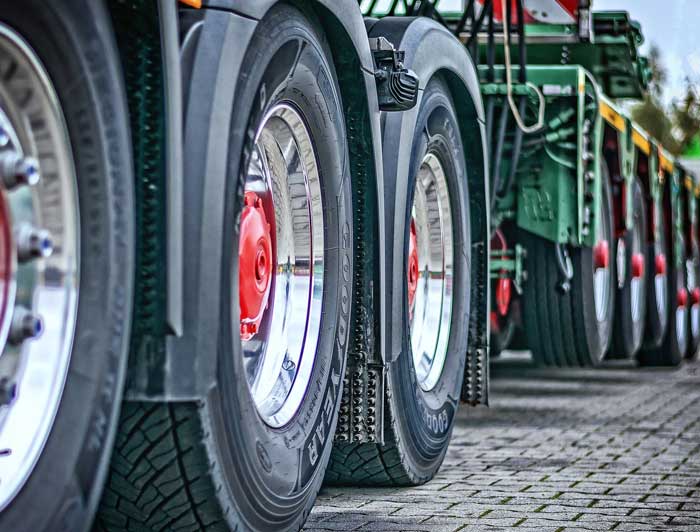
Understanding a Class A CDL vs a Class B CDL
Which Commercial Driver's License is Best for you?
Updated June 2025
Not all Commercial Driver’s Licenses (CDLs) are the same. Two of the most common types of licenses are a Class A CDL and a Class B CDL. The different types of CDL classes determine what kinds of vehicles you can operate and the jobs you qualify for in the transportation industry.
Before you choose a training program, it’s important to understand the difference between a Class A CDL vs Class B CDL, and what kind of trucking career each license can lead to.
What is a Class A CDL?
A Class A CDL qualifies allows you to operate a combination of vehicles with a gross vehicle weight rating (GVWR) of 26,001 pounds or more, where the trailer being towed exceeds 10,000 pounds. This license is typically required for long-haul truck driving and is considered the most versatile commercial license.
With a Class A CDL, you can drive:
- Tractor-trailers (18-wheelers or semis)
- Tanker vehicles
- Flatbed trucks
- Double and triple trailers
- Tractor-trailer buses
- Hazardous cargo vehicles (with proper endorsements)
- Most Class B and Class C vehicles, depending on endorsements
A Class A CDL opens the door to careers with greater earning potential, especially in over-the-road (OTR) trucking, where long-haul routes are the norm. This license also allows you to transport a wider variety of cargo across state lines.
What does a Class A CDL course entail?
The Class A CDL course at Georgia Driving Academy is a 180-hour program that includes:
- In-classroom instruction: Learn commercial driving laws, truck safety, and CDL basics.
- Range practice: Practice skills like speed control, blind parallel parking, and maneuvering large vehicles.
- Road driving: Navigate public roads near our facility to develop real-world experience in turning, merging, and cornering.
This course is designed to help you meet all requirements to pass the written CDL exam and the road skills test and safely operate Class A vehicles.
What is a Class B CDL?
A Class B CDL is ideal for those looking to drive single commercial vehicles with a GVWR of 26,001 pounds or more, where the towed trailer is under 10,000 pounds. This license is often required for local and regional driving jobs that don’t involve long-haul travel.
With a Class B CDL, you can drive:
- Straight trucks
- Box trucks (including delivery and furniture trucks)
- Dump trucks with small trailers
- Large buses (school, city, and tourist)
- Cement mixers
- Segmented buses
- Some Class C vehicles with endorsements
Although the range of vehicles is narrower, Class B CDL holders still find rewarding roles in industries like delivery, waste management, public transportation, and construction.
What does the Class B CDL course entail?
The Class B CDL course at Georgia Driving Academy is a 70-hour program that includes:
- In-class instruction: Learn pre-trip inspections, vehicle safety, and CDL regulations.
- Range practice: Master skills like air brake operations, backing techniques, and vehicle handling.
- Road driving: Gain experience driving straight trucks and buses in real traffic situations.
This shorter program is ideal for those looking to start their career quickly, especially in local or regional driving roles.
Is a Class A or Class B CDL right for you?
When comparing a Class A CDL vs Class B CDL, the right choice depends on your career goals:
Choose a Class A CDL if you:
- Want to drive tractor-trailers or long-haul routes
- Are looking for a higher earning potential
- Prefer having more job options across state lines
- Want to operate the widest variety of commercial vehicles
Choose a Class B CDL if you:
- Prefer local or regional driving
- Want to drive buses, delivery trucks, or dump trucks
- Are looking for a faster path to employment
- Want to avoid overnight routes or extended time on the road
Both licenses offer exciting opportunities, but one may align better with your personal lifestyle and career goals. Understanding the differences between each license will help you make an informed decision about the course of your career.
Take the First Step Toward Your New Driving Career
Whether you’re interested in a Class A CDL course or a Class B CDL course, Georgia Driving Academy is here to help! Our comprehensive training programs and expert instructors will prepare you to pass the CDL exam and launch your truck driving career with confidence; our own graduates’ success stories act as living proof.

